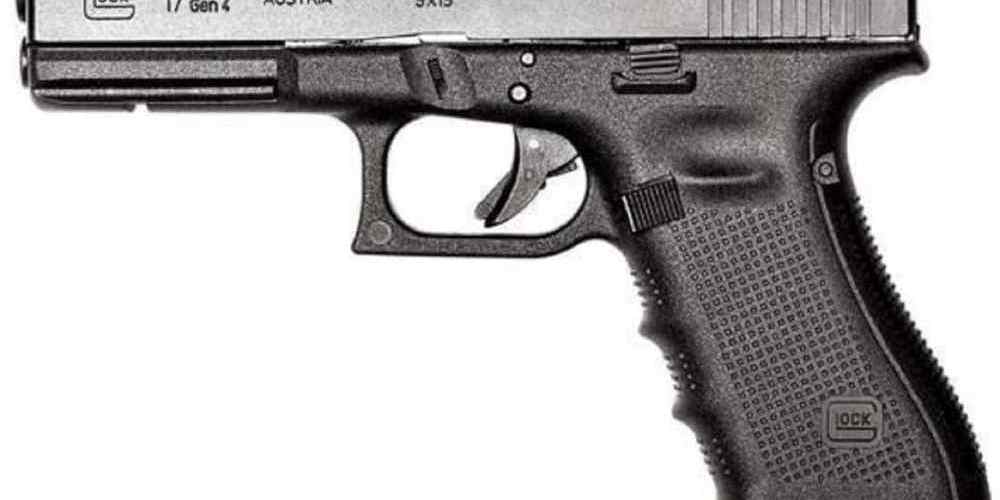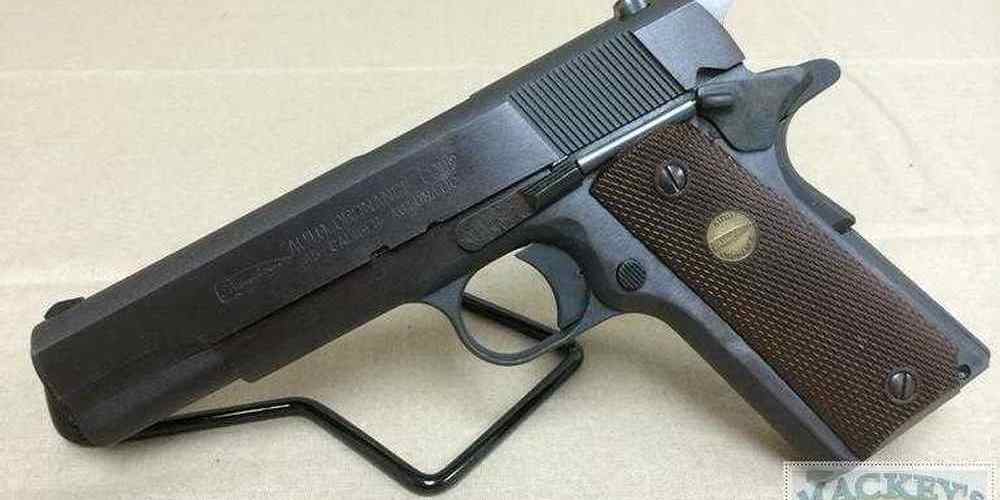Understanding Ammo Shelf Life and How Long It Lasts
When it comes to ammunition, there is often confusion surrounding its shelf life and how long it can last. Whether you are a seasoned gun owner or a novice shooter, understanding the factors that influence ammo shelf life is crucial for maintaining the reliability and effectiveness of your firearms. In this article, we will delve into the intricacies of ammo shelf life, explore the key determinants that affect its longevity, and provide practical tips on how to store ammunition properly to maximize its lifespan.
The Basics of Ammo Shelf Life
Ammunition is not immune to degradation over time, and its shelf life can vary depending on several factors. The primary components of ammunition include the casing, primer, propellant powder, and projectile. Each of these components can deteriorate over time, leading to potential malfunctions or reduced performance. The shelf life of ammunition is typically defined as the period during which it remains reliable and safe to use.
Factors Affecting Ammo Shelf Life
Several factors can influence the shelf life of ammunition:
- Storage Conditions: Proper storage is crucial for preserving the integrity of ammunition. Exposure to moisture, extreme temperatures, and sunlight can accelerate the degradation process.
- Quality of Components: The quality of materials used in manufacturing ammunition plays a significant role in determining its longevity. Higher-quality components are less prone to deterioration.
- Sealing: Proper sealing of ammunition can prevent moisture from entering the casing and damaging the propellant powder.
Common Misconceptions About Ammo Shelf Life
There are several misconceptions surrounding the shelf life of ammunition that need to be addressed:
- “Ammo lasts forever”: While ammunition does not have an expiration date like food products, it does have a finite shelf life. It is essential to monitor the condition of your ammunition regularly.
- “Older ammo is less effective”: While older ammunition may be less reliable due to potential degradation, it can still be usable if stored correctly.
Case Study: Military Surplus Ammo
Military surplus ammunition is a prime example of how proper storage can extend the shelf life of ammo significantly. Many collectors have reported firing decades-old military surplus rounds with no issues, highlighting the importance of correct storage practices.
Tips for Extending Ammo Shelf Life
To maximize the shelf life of your ammunition, consider implementing the following tips:
- Store in a Cool, Dry Place: Avoid storing ammunition in humid or excessively hot environments.
- Use Airtight Containers: Seal your ammo in airtight containers or bags to prevent moisture from seeping in.
- Avoid Exposure to Sunlight: Ultraviolet rays can degrade ammunition components over time, so store them away from direct sunlight.
Conclusion
In conclusion, understanding ammo shelf life and how long it lasts is essential for gun owners and enthusiasts alike. By considering factors such as storage conditions, component quality, and sealing practices, you can prolong the lifespan of your ammunition and ensure its reliability when needed. Remember that while ammo may not have an expiration date, proper storage and maintenance are key to preserving its effectiveness over time. By following the tips outlined in this article, you can enjoy peace of mind knowing that your ammunition is ready for use whenever you need it.







